Flox Shilovoid is a perennial plant, differing in spring blossom. Flox's bushes grow very tightly, not leaving a single chance of weeds, and their blooming under favorable conditions can last 6 weeks. Already a year after landing, you can admire blossom, another unique ability of this plant is that in 2 years it will be shooting 10 cm. Flox Schilovoid should be attributed to the category of frost-resistant and unpretentious plants, grow it on its plot - this is a solid pleasure.
Description and types of Flox Shilovoid
The plant received its name due to sharp, hard leaflets resembling awl. The height of the plant reaches 17 cm, and planting phloxes is evergreen mats. Even under the first snow, Floxian leaves continue to delight the eyes with bright colors. This type of phlox 2 flowering periods:
- Abundant bloom from late May until the end of June.
- Less abundant bloom from the beginning of August to mid-September.
The most famous types of hostile phlox are Mikado, Candy Stripe and Amazing Grac. The shade of colors can be white, creamy, purple, purple, flowering is distinguished by different tone and composite association of paints. 
Reproduction and planting Flox Shilovoid
Flox-shaped phlox will be multiplied as follows:
- The reproduction of seeds of the Shilovoid Flox. Most often multiplied by self-sowing, its seeds fall out of the boxes in the fall, winter in the ground, and on the next spring you get the whole sea of \u200b\u200bphlox. The collection of fallen seed boxes is made in the fall: they are folded into the container with a mixture of humus, sand and soil by 1.5 cm deep into depth, and at the end of December the container is covered with a snowy cap. In March, the sprouted sprouts are transferred to the greenhouse and only in April put out in an open ground.
- Dividing bush. This is the most popular method of reproduction of phloxes, which guarantees the rooting of the plant. The division is produced at the beginning of spring, the bushes are neatly digging, separated, after which it is planted at a distance of 40-60 cm from each other.
- Stalling. During the season from Floxes, you can tear off the shoots with air roots or without them. The shoots are rooted simply perfectly without prior preparation: Escape, especially in the middle of spring, you can just stick in the ground and after 7 days it is rooted.
Place for growing Flox Shilovoid: Soil and plot
Floxes Cilovoid Perennial require well-lit plots of land with loose soil. Or dyeing and clay soil is not suitable for them, and the slightest stagnation of water leads to the formation of rotes: a place for landing should be well covered with the sun.
For hostile phloxes, the soil is needed with neutral acidity, a fertilizer organic, will ensure good development of the bush, but the bloom will be inexpressive. Heavy soil is recommended to "dilute" sand.
Caring for Shilovoid Flox
In essence, the cylinder phlox and does not need some special care. The beauty of this whister is that for happiness, he needs a lot of light, grossing soil, weeding and fertilizer. Weeding are produced as weeds increase, and watering is carried out after drying up the top layer of the soil. During a dry spring and summer, phlox is moderately over the day.
Fertilizers and feeding Floxes
In the period of active growth, the cylinder floccals give mineral feeding, which includes nitrogen and phosphorus. To accelerate the development and suites of colors of the coils of the shilovoids, a slightly ash, substrate and humus fall asleep into the landing. But be careful with fertilizers: from a large number of phlox grow rapidly, but their bloom will be different.
Wood ash - optimal fertilizer for phloxes of this species. It is used for inner and outdoor feeding, preparing fertilizer on their own. For the preparation you will need 350 g of ashes and 2 liters of boiling water, in which the ash is brewed for 10 minutes. After cooling the mixture, it is filled with another 10 liters of clean water and are used as intended.
For lush flowering, a potash-phosphoric pre-safe complex is often used. 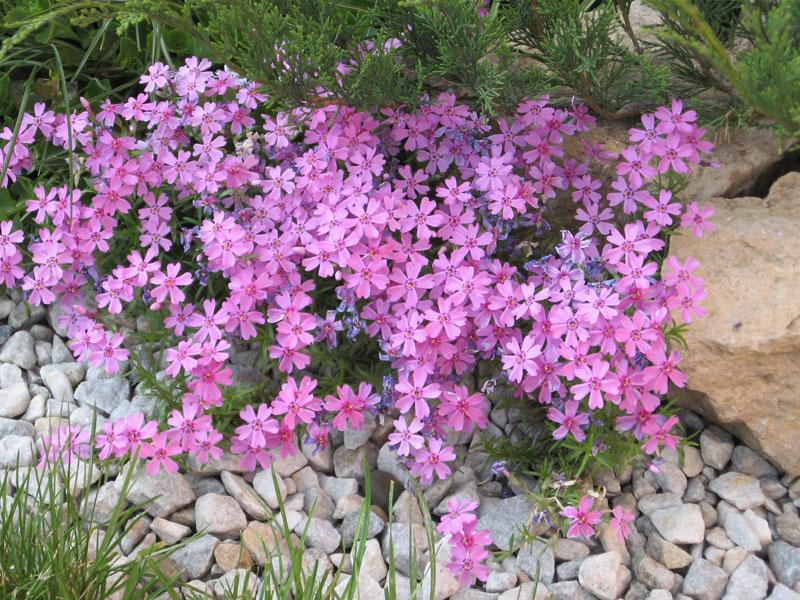
Care and division of a bush of a five-year-shaped phlox
When Phlox crosses a 5-year frontier, he begins to lose its beauty, and in the magnificent carpet of colors appear ugly propellants. As a result of the mulching of the roots of the plant rise, and the first rain eroses the ground on them: Phlox simply dies from spring frosts. An old bush at the age of 4 is recommended to divide or replace it with fresh, obtained by shifting or seeding from seeds.
Shelter of the Shiloid Floxes for the Winter
In the northern regions to save bushes during winter, a spruce husk is used, but dry leaves do not apply. The coniferous mealty practically does not oxidize the soil, and after wintering in the first spring days, the chilovoid phloxes feed the humus.
Some gardeners note that the winter shelter of phlox leads to peating the root system of the plant. The plant is not afraid of frosts, covered with a thick layer of snow, but wet and warm winters are dangerous. Therefore, phlox is initially planted in the part of the site in which the water accumulation with a thaw is minimal.
Haircut and formation of the correct shape of the bush
New shoots in the phloxes of this species grow very quickly, so it can be cut to the bushes of the same shape. The haircut is made only in the spring, because in summer and in the fall at the ends of the shoots are laid kidney. If you have a haircut in the fall for next year neither colors nor greens wait. 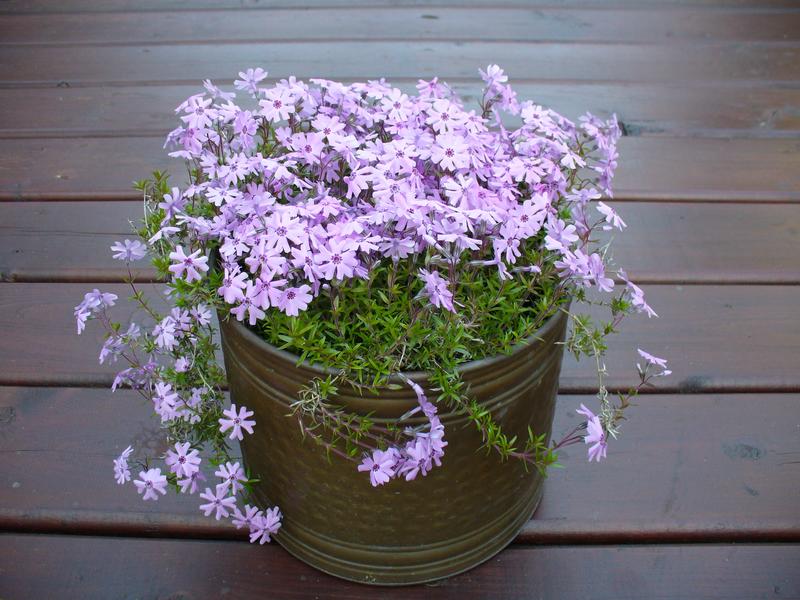
Pests and diseases of phloxes
Flox Shilovoid most often suffers from pulse dew, spottedness and caterpillars attacks that stem eaten. The sign of the first two diseases is the sluggish leaves, specks and points on the sheets. Patients are cut off, and all the planting of phlox is treated with Bordeaux liquid. And with the attacks of caterpillars, the leaves of plants are covered with brown bloom and twist, in this case, phlox can not be saved. It is recommended to spray plants for the prevention to the Sumi-Alpha or Fury.
Floxes of this species suffer from nematodes and filamentous worms to prevent these unpleasant phenomena of phloxes are not planted on the site where strawberries are growing. If you still landed the phlox and they got sick, then they are removed directly with a room of land, after which they eliminate. 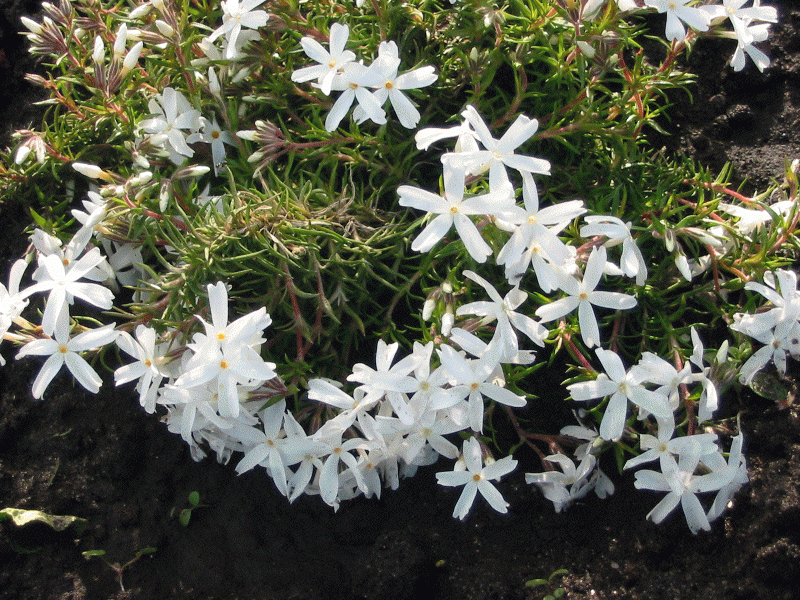
Application in Landscape Design Flox Shiloid With Photo
Due to the variety of shades of colors, the compactness of the bush and unpretentiousness of the plant is actively used in landscape design. Flox becomes the decoration of the Alpine slide, spreading between decorative stones.
The plant is planted in the foreground, and it is perfectly harmonized with bulk. The rug made of green bushes complements the composition, and during flowering phlox becomes the center of design. The uniform growth of phlox allows the plant in the creation of living borders, because from spring to late autumn it pleases the eyes with flowers and green shoots, and in winter, covered with snow, retains saturated color.
Summing up, it is worth saying that the lidoid phlox is the perfect solution for a small garden and a huge modern plot. This variety is considered to be the most unpretentious and beautiful view of phloxes, and simplicity of care, disembarkation and reproduction add a cylindal phlox of attractiveness, from the point of view of gardening.

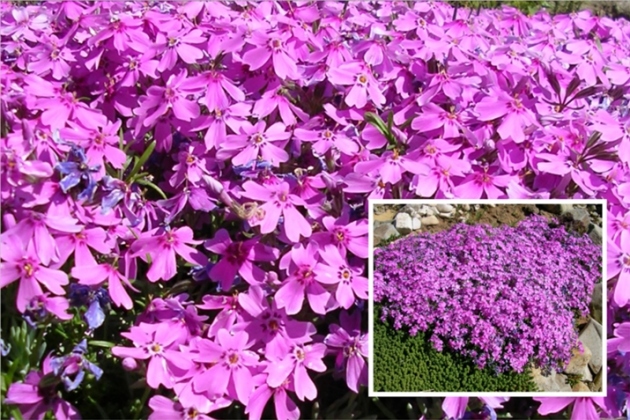
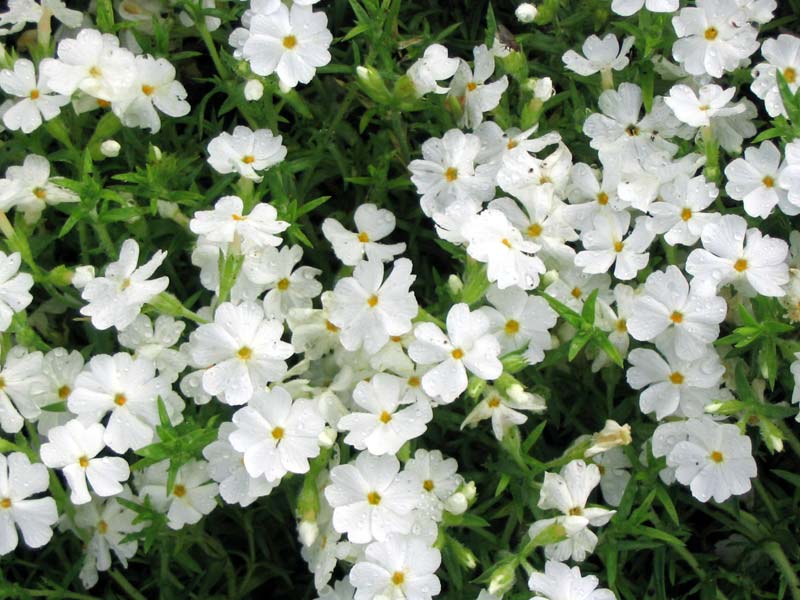
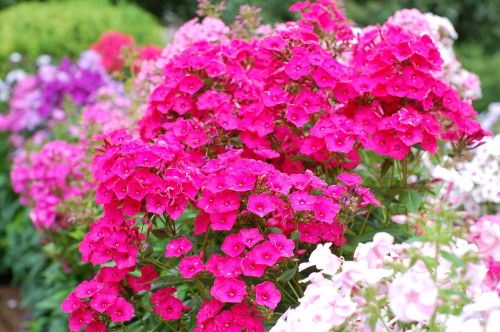
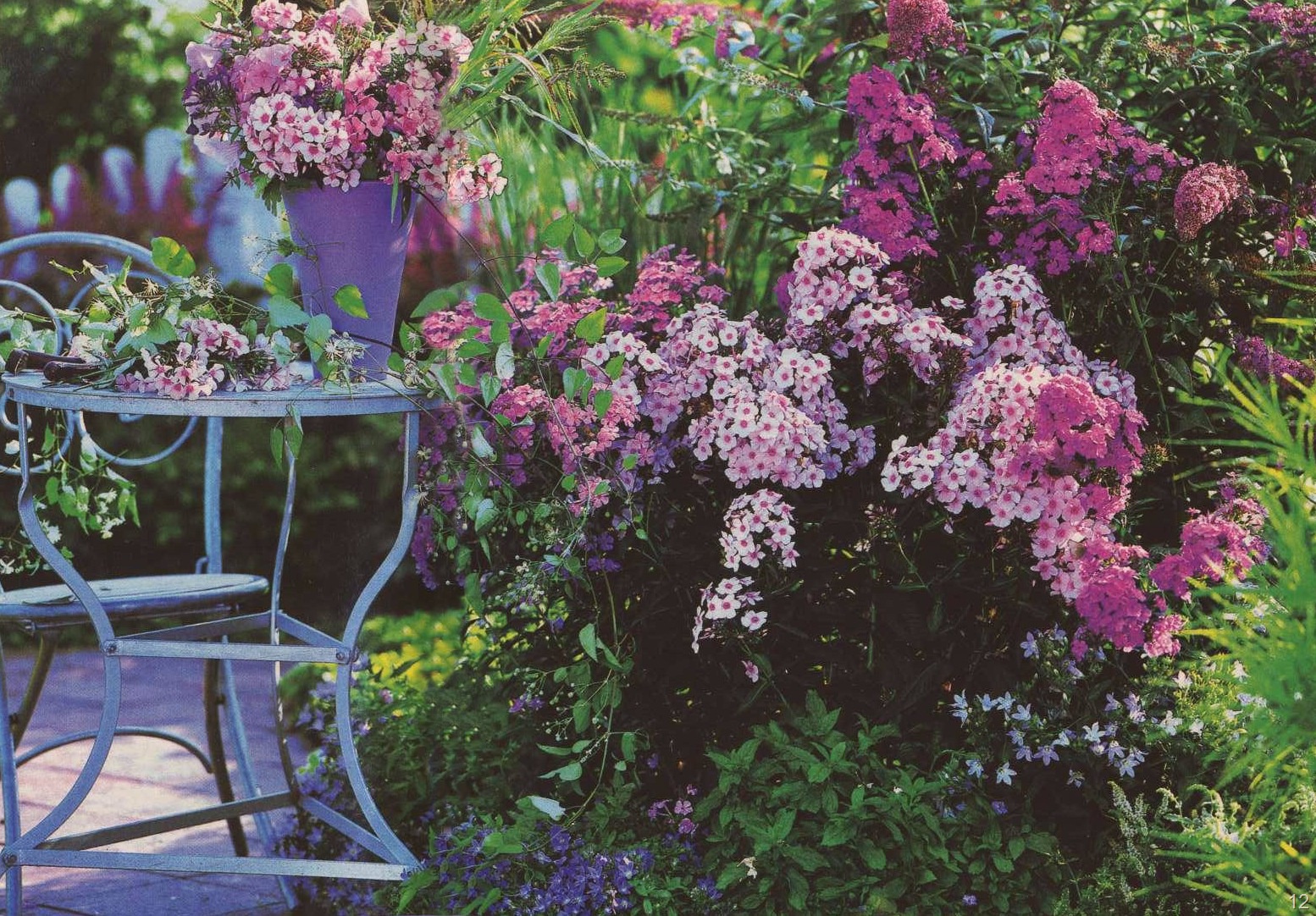
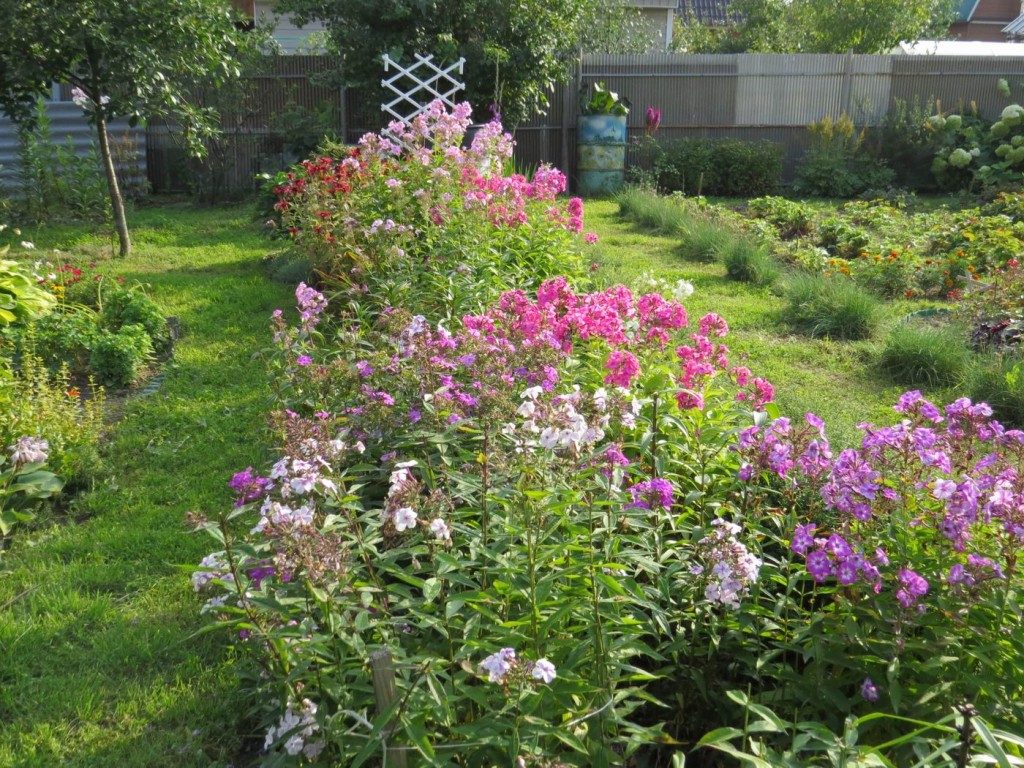
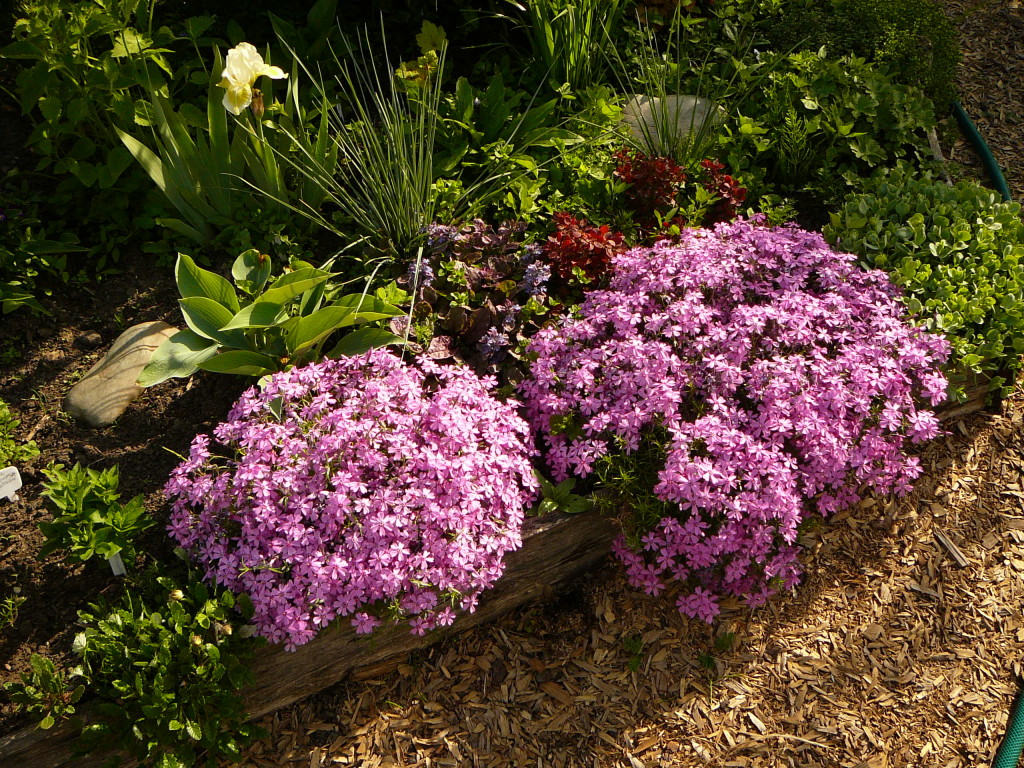












 Start a discussion ...
Start a discussion ...